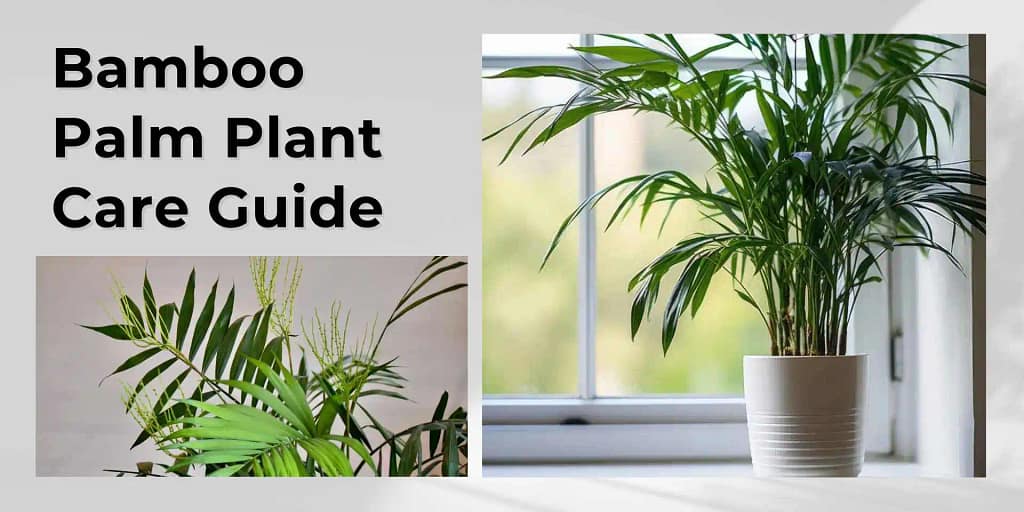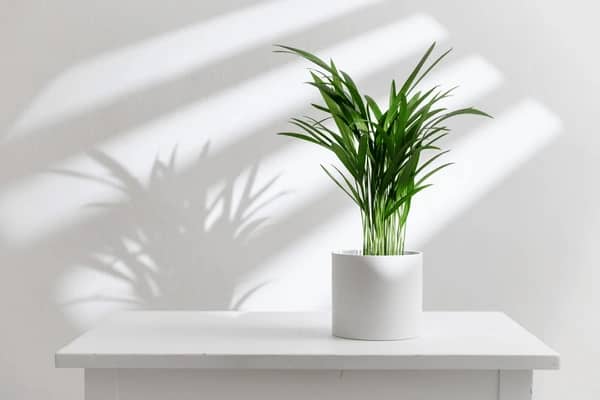You need to know about the Bamboo Palm plant, also known as Chamaedorea seifrizii. This comprehensive guide covers essential tips on planting, growing, and caring for this elegant and pet-friendly houseplant. Learn about its ideal soil, light, and water requirements, how to propagate and prune, common pests and diseases, and how to keep your plant thriving indoors or outdoors. Perfect for both novice and experienced plant enthusiasts, this guide will help you cultivate a lush, healthy Bamboo Palm in your home.
Bamboo Palm Planting, Growing, and Caring for This Elegant and Pet-Friendly Houseplant
The Chamaedorea seifrizii is a popular houseplant known for its attractive, bamboo-like stems and lush, green foliage. Native to the rainforests of Central America, this elegant plant not only enhances the aesthetic appeal of your indoor spaces but is also pet-friendly.
Planting Your Bamboo Palm
1. Choosing the Right Pot: Select a pot with drainage holes to prevent water from accumulating at the bottom, which can lead to root rot. A pot that’s slightly larger than the plant’s current container will provide ample space for growth.
2. Soil Requirements: Bamboo Palms thrive in well-draining, loamy soil. A mix designed for palms or a general-purpose potting soil with added perlite or sand is ideal for promoting good drainage.
3. Planting Steps:
- Add a layer of soil to the bottom of the pot.
- Position the plant in the pot, making sure the root ball is even with the soil surface.
- Fill in around the root ball with more soil, gently pressing it down to eliminate air pockets.
- Water our plant thoroughly to help settle the soil.
Growing Your Bamboo Palm
1. Light Requirements: Plant thrive in bright, indirect light but can also adapt to lower light conditions. Avoid placing the plant in direct sunlight, which can scorch the leaves.
2. Watering Schedule: Water your plant when the top inch of soil feels dry. Typically, this means watering once a week during the warmer months and less frequently during cooler months. Ensure the soil is moist.
3. Humidity and Temperature: Plant thrive in high humidity. Boost humidity by regularly misting the plant, using a humidity tray, or placing a humidifier nearby. Plant prefer temperatures ranging from 65°F to 80°F (18°C to 27°C).
4. Fertilization: During the growing season (spring and summer), feed your plant with a balanced liquid fertilizer diluted to half strength every 4-6 weeks.Refrain from fertilizing during the winter when the plant’s growth slows down.
Caring for Your Bamboo Palm
1. Pruning: Use clean, sharp scissors or pruning shears to remove any yellow or brown fronds at the base. Regular pruning helps maintain the plant’s health and appearance.
2. Pest Control: Common pests include spider mites, scale, and mealybugs. Regularly check your plant for signs of pests and treat any infestations with insecticidal soap or neem oil.
3. Disease Prevention: Plant can suffer from root rot, leaf spot, and fungal infections. To prevent these issues, avoid overwatering and ensure good air circulation around the plant.
4. Propagation: This plant can be propagated through division. When repotting, carefully separate the root ball into smaller sections and plant each section in its own pot with fresh soil.
5. Outdoor Care: Plant can be placed outdoors in a shaded area during warmer months. Bring the plant indoors before temperatures drop below 50°F (10°C).
Benefits of Bamboo Palm
1. Air Purification: Plant are excellent air purifiers, removing toxins like formaldehyde, benzene, and carbon monoxide from the air, contributing to a healthier indoor environment.
2. Pet-Friendly: Unlike many houseplants, plant are non-toxic to cats and dogs, making them a safe choice for households with pets.
3. Aesthetic Appeal: With their graceful, arching fronds and bamboo-like stems, Bamboo Palms add a touch of elegance and tropical charm to any indoor space.

What are common diseases?
Bamboo Palms can suffer from root rot, leaf spot, and fungal infections. Ensure proper watering and humidity levels to prevent these issues.
Do Bamboo Palms flower?
Yes, Bamboo Palms can produce small, yellow flowers, though they are not particularly showy and often removed to keep the plant’s energy focused on growth.
How big can a plant grow?
Indoors, Bamboo Palms typically grow to about 4-6 feet tall. In optimal outdoor conditions, they can grow taller.
What are common pests that affect Bamboo Palms?
Common pests include spider mites, scale, and mealybugs. Regularly inspect your plant and address any infestations with insecticidal soap or neem oil.
Bamboo Palm’s Hidden Flowering Secrets
One of the most intriguing and lesser-known facts about the Bamboo Palm (Chamaedorea seifrizii) is its hidden flowering ability. Although it is widely admired for its elegant foliage, many people are unaware that the Bamboo Palm can produce small, inconspicuous flowers. These flowers are often hidden beneath the dense foliage and are usually yellow or orange in color.
The mysterious aspect of these flowers lies in their rarity and subtlety. Indoor Bamboo Palms, especially those grown in low light conditions, may rarely flower, and when they do, the flowers are often so well-concealed that they go unnoticed. In its natural rainforest habitat, the Bamboo Palm’s flowers are more prominent and play a crucial role in the plant’s reproductive cycle. However, in a typical indoor setting, these flowers are more of a hidden gem, a secret feature that only the most observant plant owners might discover.
Additionally, the flowers can sometimes develop into small, black berries, adding another layer of mystery and charm to this already captivating plant. This hidden flowering trait of the Bamboo Palm is a testament to the plant’s resilience and adaptability, making it a fascinating subject for both novice and seasoned plant enthusiasts.

